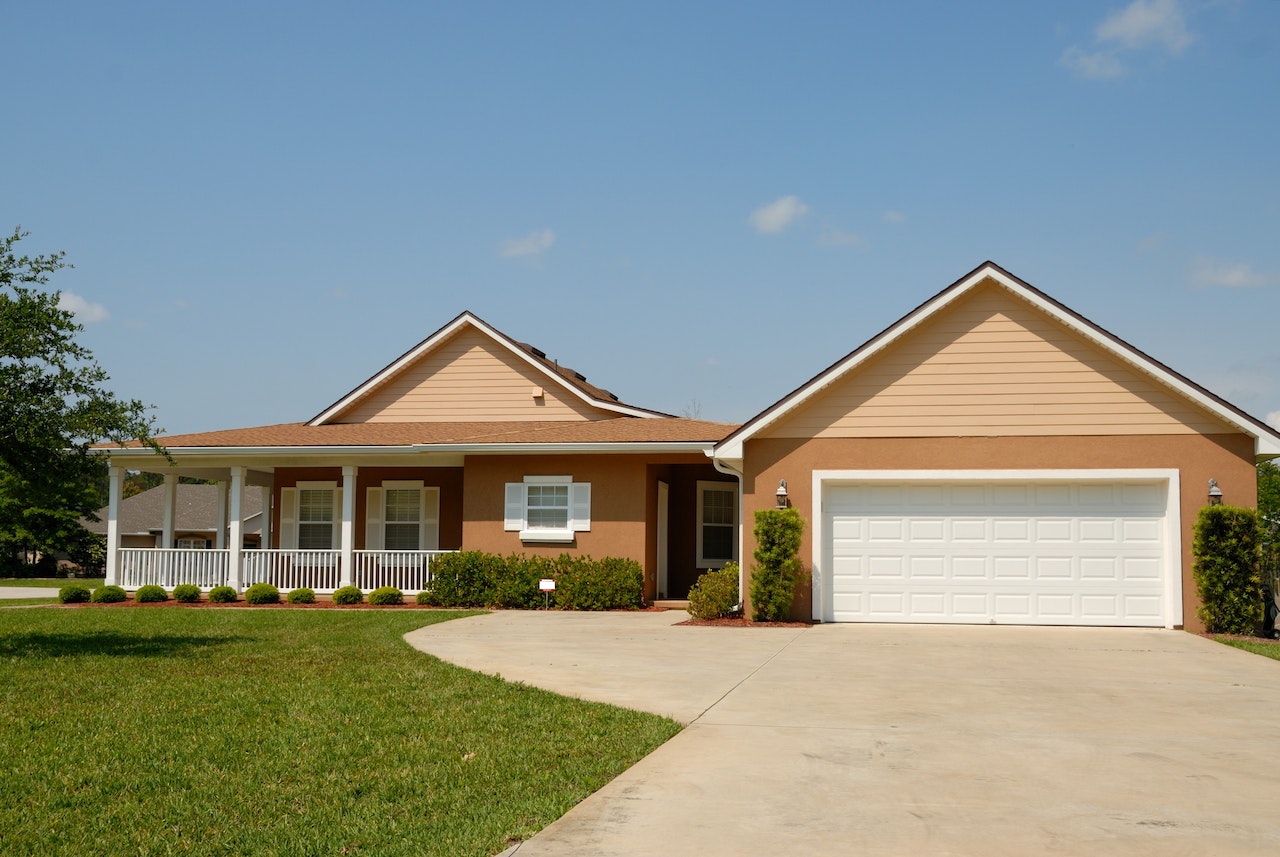What You Need to Know About Different Types of Mortgage Loans
A new home might just be one of the largest purchases you’ll make throughout your entire life. Before you start looking for a home to purchase, you’ll first need to explore different options for a mortgage if you’ll be financing the purchase. Not every loan is the same. You need to be sure to do your due diligence and research the distinct types of mortgage products before you move forward to ensure you choose the most appropriate option for your specific financial situation and keep more money in your wallet. Let’s take a quick peek at a few types of mortgages.
Conventional Loans
A conventional loan is one that isn’t backed by the federal government, and they come in two different forms – conforming and nonconforming. A conforming loan conforms to a set of standards that have been put in place by the FHFA (Federal Housing Financing Agency). These standards have to do with loan size, debt, and credit. Nonconforming loans don’t meet these standards and cater to people who have an unusual credit profile or who may be looking to buy a more expensive home.
Pros and Cons
Conventional loans can be utilized for a first or second home or even for an investment property. That’s one of the pros and cons of refinancing loans of this nature is that it can require a FICO score of at least 620.
Jumbo Loans
A jumbo loan is a home mortgage product that doesn’t fall within the borrowing limits of FHFA. They’re typically seen in higher-cost areas like Hawaii, New York City, San Francisco, and Los Angeles.
Pros and Cons
One of the obvious pros of this type of loan is that it has borrowing limits that are higher. One of the cons is that it can require a down payment of as much as 20%.
Reverse Mortgage
You may have heard of reverse mortgages but don’t really know what they are. A reverse mortgage is only for current homeowners. Instead of making payments to a lender, the lender pays you. This can be done as a lump sum or in monthly installments. Either way, you don’t repay the loan until you move out of that home or die.
Pros and Cons
Reverse mortgages might be a fantastic idea for those who’re retired and need additional money. However, they often are accompanied by high fees, and the balance of the loan can increase with the passing of time.
Government Insured Loan
While the government isn’t actually a mortgage lender, it does have a role to play in making owning a home possible for more people. Three different government agencies back mortgages – FHA (Federal Housing Administration), USDA (U.S. Department of Agriculture), and the VA (Department of Veterans Affairs).
Pros and Cons
If you don’t really qualify for a conventional loan, you may qualify for a government loan. However, it’s important to keep in mind that mortgage insurance premiums are mandatory depending on the amount of your downpayment and can’t be canceled unless you refinance and get a conventional loan.
Now that you’ve gotten an idea of some of the types of loans you can choose from to purchase a home or to get money out of the one you already own, you’ll need to begin your search for the right mortgage lender who can make it happen for you. Each lender is a bit different, and the critical thing is to comparison shop so that you can find one that offers the best terms for your financial situation. From brick-and-mortar banks to online-only mortgage lenders to your credit union, you have a vast array of options to choose from.

